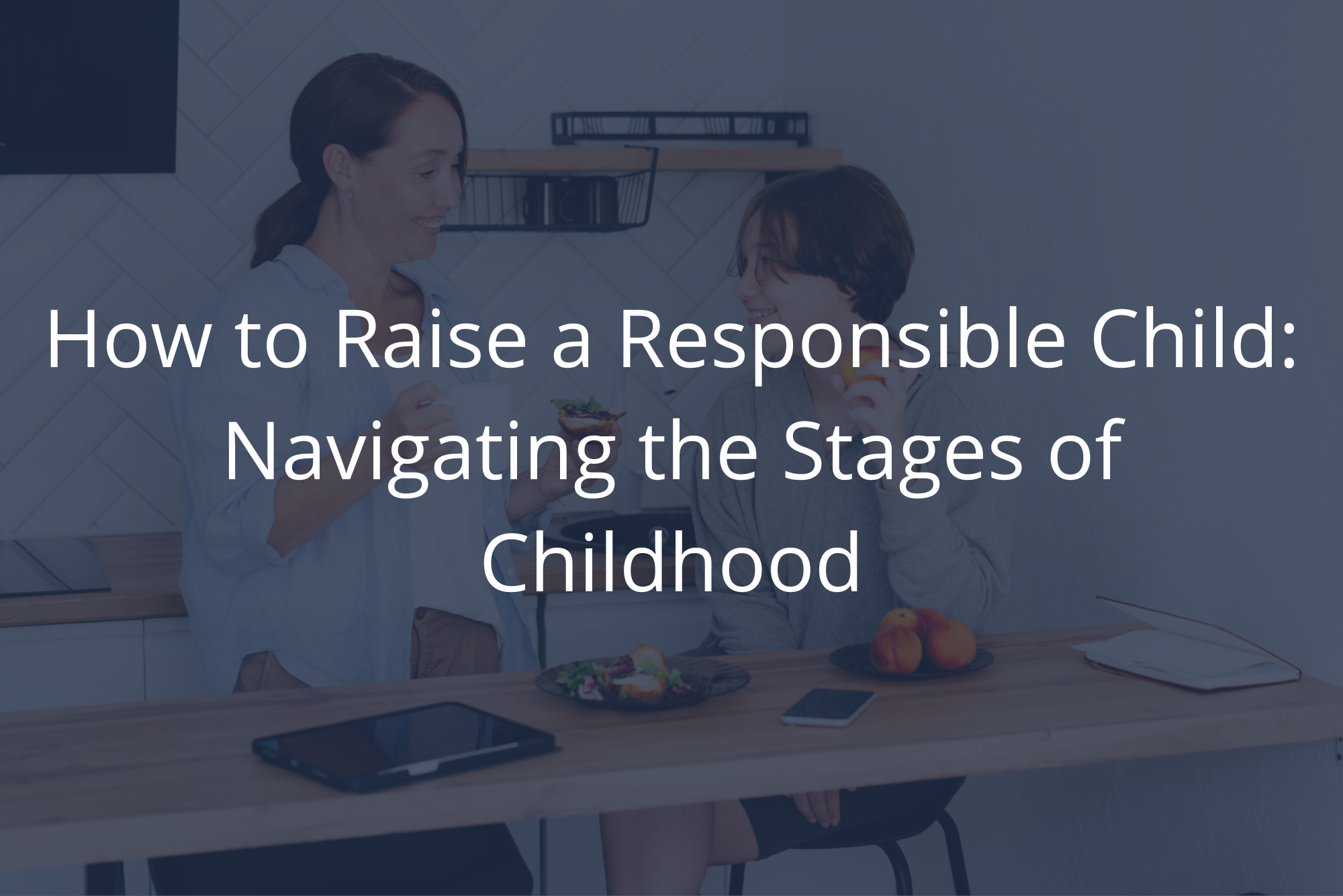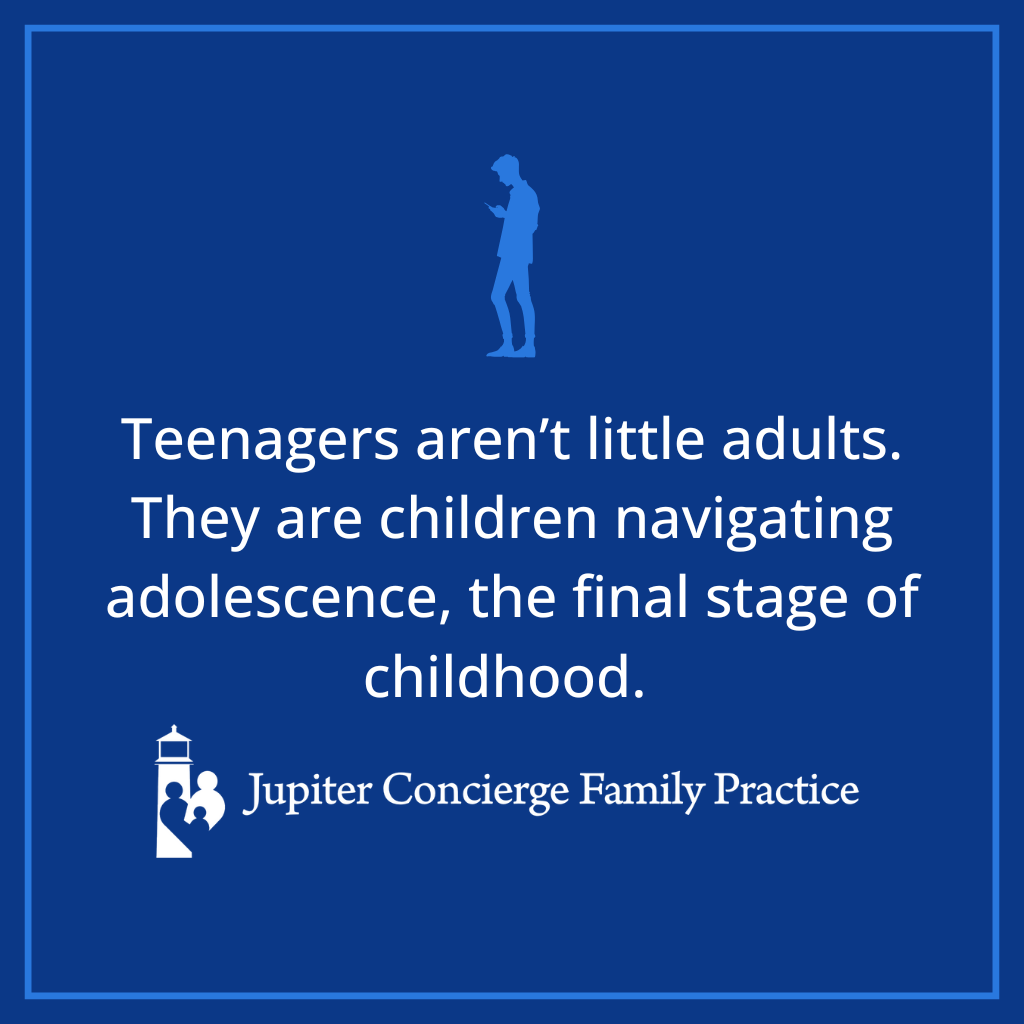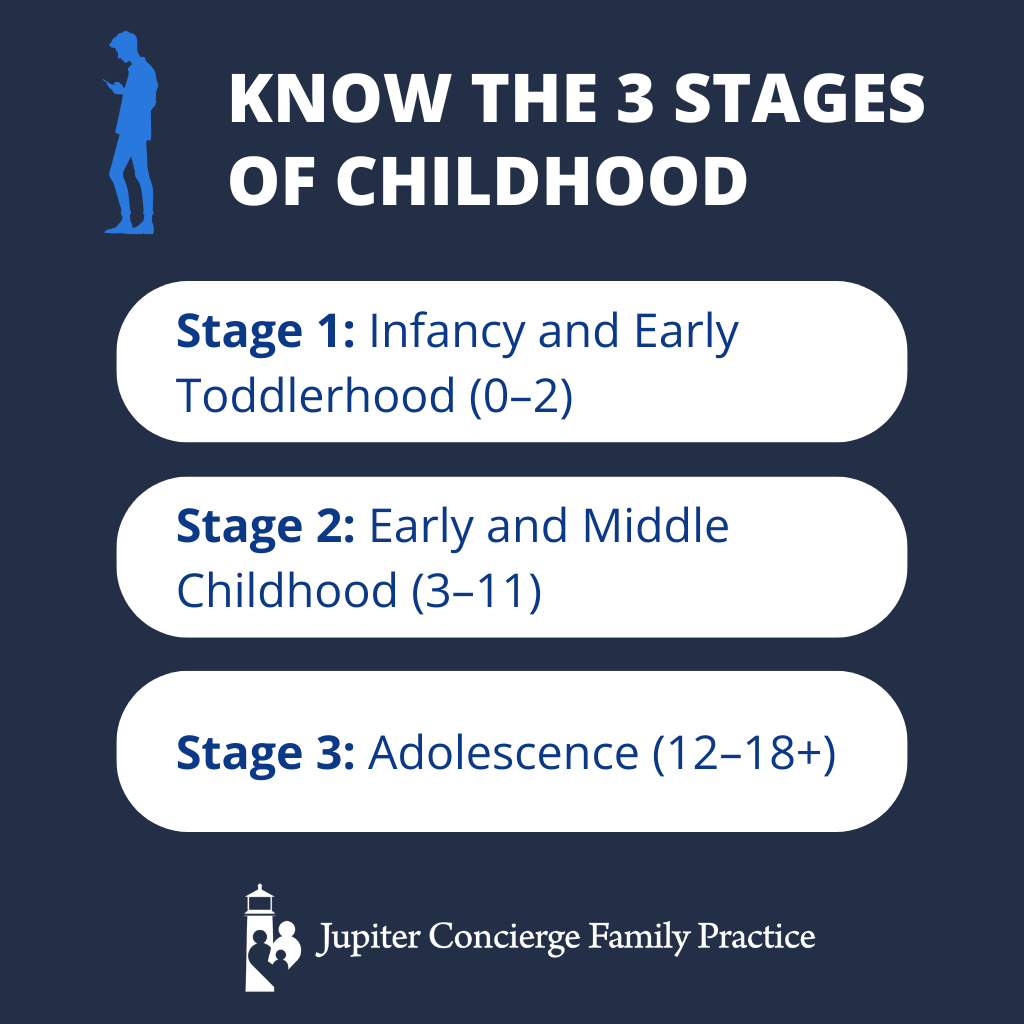
Navigating the teen years can feel like making our way through a storm without a compass.
But here’s something interesting: If we can learn to navigate our relationships with teenagers — often considered the most challenging of all relationships — we can better manage any relationship in our lives.
As you may know, when I come across a book I find inspiring or helpful, I like to share it with others so I don’t keep the benefit all to myself. Relevant to this discussion, I discovered a book called Teen Proofing, written by family psychologist John Rosemond.
Rosemond readily acknowledges that the teen years can be challenging. In his writing, however, he offers a compass to help parents successfully traverse the different stages of childhood — including dreaded adolescence — with a particular goal: learning how to raise a responsible child.
Let’s dive in.
How to Raise a Responsible Child: Understanding Teens
To begin, we need to understand that teenagers aren’t little adults. They are children navigating adolescence, the final stage of childhood.
This phase involves significant growth and change as teens transition toward independence. To effectively guide them, it’s crucial to understand the distinct stages that come before adolescence and the transitions that shape their development.
Know the 3 Stages of Childhood
We start learning how to raise a responsible child by understanding the distinct stages of childhood and the parental responsibilities involved in each. This gives us a roadmap to more successful relationships with our children — especially teens — and greater success in helping them grow into responsible adults.
Stage 1: Infancy and Early Toddlerhood (0–2)
Children depend entirely on their parents during the first two years of life. At this stage, it’s our job to provide everything they need for physical, emotional, and social development. Without this foundational care, they’ll struggle to develop into functional adults.
This initial stage ends with a child’s first major transition. As toddlers approach the age of two, they begin to discover that the world no longer revolves entirely around them. This shift often leads to frustration, tantrums, and what we commonly call the “terrible twos.”
While unpleasant, understanding this change is crucial to learning how to raise a responsible child. Children must pass through this experience, shifting the center of their universe from themselves to their parents.
Stage 2: Early and Middle Childhood (3–11)
After working through the terrible twos, children enter a period where pleasing their parents becomes their primary motivation. This is when parents have their greatest opportunity to teach three crucial values:
- Respect: for others, for property, for living things
- Responsibility: understanding that certain tasks and behaviors are their job, not yours, with appropriate consequences when they falter
- Resourcefulness: learning to solve problems independently, though with helpful and appropriate guidance when needed
Two critical understandings also emerge during this stage:
- Children pay more attention to their parents than their parents pay to them.
- Children follow parental instructions.
These foundational principles set the stage for a smoother transition into adolescence.
Stage 3: Adolescence (12–18+)
Adolescence, which begins around age 12, marks the final stage of childhood. This period extends until children are fully emancipated, which could be at 16, 18, or even 25 years old.
During adolescence, children undergo a second major transition as their focus changes from pleasing their parents to seeking approval from their peers. This is when everything can change, as clothing, music, and attitudes center around fitting in with friends.
At this time, teens begin to make their own choices. Parents hope the choices will be rooted in the values instilled during early and middle childhood, but friction with the values and influences of peer groups may pull adolescents in other directions.
While challenging, this transition is again critical for raising a responsible child. Here, parents relinquish some control, allowing children to make decisions and experience consequences. However, they continue to provide guidance as teens learn to handle their newfound level of independence.
The great understanding of this stage is that children — not parents — are responsible for their own choices. The parental role is to reinforce positive decisions and provide appropriate consequences for poor ones. The child learns that poor choices have consequences and that positive decisions result in bad outcomes less often.
If we neglect our parental responsibility in this stage, bad behavior can escalate, leading to serious dysfunction in adulthood.
3 Types of Parents
As children enter adolescence, our parenting style becomes even more critical. Rosemond describes three common approaches:
The Wimp
These parents try to be their teen’s buddy, often allowing behavior they shouldn’t because “kids will be kids” or “I did it when I was young.” They are overly permissive, excusing bad choices and failing to set boundaries. This approach might feel good at the moment, but it doesn’t serve your teen’s long-term development.
The Micromanager
This parent controls every aspect of their child’s life, leaving no room for independence. As a result, children don’t learn how to make decisions or handle mistakes. While well-intentioned, this approach often backfires spectacularly when teens finally gain independence — usually in college — and haven’t developed the skills to make good choices on their own.
The Mentor
This is our goal. A mentor provides guidance and support while allowing their child to make decisions and learn from their mistakes. They are a resource their child can rely on, but not a crutch. Rosemond uses the analogy of giving teens enough rope to explore and learn but being ready to pull back if they get too close to real danger.
Anchoring Your Perspective as a Parent
It’s easy to question whether we’re doing a good job as parents, especially during the tumultuous teenage years. Here are four principles to keep in mind:
- Teenagers will make mistakes. Even if we do everything right, they’ll stumble. It’s part of growing up and learning how to be responsible.
- Bad behavior doesn’t define their future. Many teens who act out still grow into responsible adults.
- Parents aren’t the only influence. Peers, media, and other external factors play a significant role in teens’ lives.
- Even if you do everything right, things may still go wrong. Parenting isn’t about control; it’s about guidance.
If you’re a parent doing your best, that’s all you can do. Eventually, your children become independent and make their own choices. As Dr. Seuss says,
“You have brains in your head. You have feet in your shoes. You can steer yourself any direction you choose. You’re on your own. And you know what you know. And YOU are the one who’ll decide where to go.”
This is the reality of the later teen years, and certainly after emancipation. Of course, as parents, we hope that we’ve raised a responsible child, but their choices eventually become their own responsibility.
How to Address Serious Problems
While most teenage missteps can be corrected without long-range effects, some require drastic action to prevent life-altering outcomes like addictions, unplanned pregnancies, or serious accidents. For example, if a teen is struggling with substance abuse or falling in with the wrong crowd, it may be necessary to intervene in significant ways, such as enrolling them in a specialized program or changing their environment entirely.
Such steps aren’t easy, but they can be lifesaving. We always hope to address issues before they reach a more serious level, but parents must be willing to take action at this stage if necessary.
How to Raise a Responsible Child: Final Thoughts
One of the most powerful analogies I encountered in Rosemond’s book is the concept of giving your child “enough rope.” The idea is to allow them enough freedom to make their own decisions and learn from their mistakes. However, as parents, we hold the other end of the rope. When they veer too close to danger, we pull them back to safety.
This approach balances independence with accountability. It’s not about letting them “hang themselves” with bad choices but about ensuring they don’t fall off the cliff.
Learning how to raise a responsible child isn’t about perfection. It’s about guiding our kids through each stage of childhood, teaching them values, and preparing them for independence. By understanding the transitions they go through and embracing our role as mentors, we foster respect, accountability, and resilience in our children.

Dr. David Rosenberg
Dr. Rosenberg is a board-certified Family Physician. He received his medical degree from the University of Miami in 1988 and completed his residency in Family Medicine at The Washington Hospital in Washington, Pennsylvania in 1991. After practicing Emergency Medicine at Palm Beach Gardens Medical Center for two years, he started private practice in Jupiter, in 1993. He is an avid baseball fan and Beatles fanatic, since he was 8 years old. He has been married to his wife, Mary, since 1985 and has three grown children.
David completed additional studies at Mercer University, Macon, Georgia and obtained a BS in Chemistry in 1983.
“My interests include tennis, snow skiing, Pilates and self-development.”


